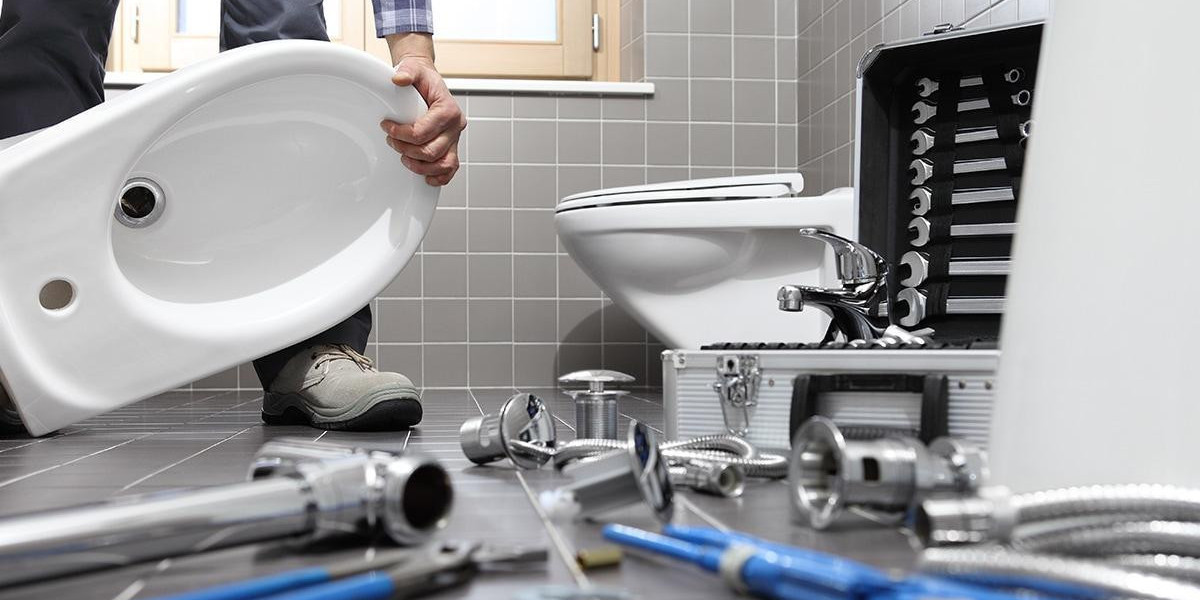In today’s fast-paced F&B world, restaurants play a crucial role. Many optimistic aspirants and entrepreneurs get into this business in hopes of making a fortune. Couple that with fame and the prospects of success double. However, the actual execution is complex and isn’t as easy as it sounds. Many diners close in the first year of their inception due to poor financial management.
The reason behind closure or failure is that many restaurant business owners don’t understand how finances work. They think once their diner starts selling more, they will cover up the losses. However, the problem is that without proper planning, it becomes too late to act right before things start deteriorating. This is why is essential to keep a check on restaurant costs and expenditures.
Do you want your diner to succeed? If yes, then keep reading this article further to learn about essential metrics to track a restaurant’s financial health.
Top 6 Metrics That Define Financial Health of Restaurant
Understanding financial metrics is vital if you want your F&B business to succeed. Without proper research and know-how, even the biggest restaurant chains can fail. When this happens, owners are left without any solution. However, understanding key factors like operating income, waste, spoilage, profitability, food costs, and more can provide you with better guidance.
Let’s delve deeper to explore the top metrics that define the financial health of restaurants.
1. Operating Income
One of the most essential metrics to track a restaurant’s financial health is operating income. Operating income is a key metric to track a restaurant’s financial health, as it measures the profitability of core operations before taxes and interest. It reflects how efficiently a restaurant manages its direct costs, such as food, labor, and overhead, in relation to its revenue.
By monitoring operating income, owners can identify areas where operational costs may be cutting into profits and make adjustments to improve efficiency. A positive operating income indicates a restaurant's ability to generate profits from day-to-day activities, which is crucial for long-term sustainability.
2. Gross & Net Profit Margin
One more key metric that defines the financial health of restaurants is the gross and net profit margin. Gross and net profit margins are essential metrics for assessing a restaurant's financial health. The gross profit margin reflects the percentage of revenue left after subtracting the cost of goods sold (COGS), showing how efficiently a restaurant manages its food and beverage costs.
Net profit margin, on the other hand, accounts for all expenses, including overhead, taxes, and interest, indicating the overall profitability of the business. By tracking both margins, restaurant owners can gauge profitability at different levels, identify cost-saving opportunities, and ensure financial sustainability.
3. Waste & Spoilage Percentage
Another metric on the list is waste and spoilage percentage. Tracking waste and spoilage percentage is crucial for maintaining a restaurant's financial health, as it directly impacts profitability. This metric measures the amount of food that is discarded or spoiled due to over-ordering, poor storage, or inefficient inventory management.
A high waste and spoilage percentage can indicate inefficiencies and lost revenue, while a low percentage reflects better control over food costs. By regularly monitoring this metric, restaurants can implement strategies to reduce waste, improve inventory management, and ultimately increase profit margins. Get in touch with Finisya today and acquire help from their expert team to control operating, waste, and spoilage costs at your restaurant.
Read also: How Does a Restaurant Grease Trap Work?
4. Menu Item Profitability
One more factor on the list is menu item profitability. Menu profitability is a key metric for tracking a restaurant's financial health, as it highlights how much profit each menu item contributes. By analyzing the cost of ingredients, preparation time, and pricing, restaurants can identify which dishes generate the highest margins.
Regularly reviewing menu profitability helps ensure that the menu is aligned with both customer preferences and profitability goals. Adjusting or removing low-margin items and focusing on high-profit dishes can improve overall revenue and streamline the restaurant’s offerings for better financial performance.
5. Food Cost Percentage
Another consideration on the list is the food cost percentage. Food cost percentage is a critical metric for assessing a restaurant’s financial health, as it indicates the proportion of revenue spent on ingredients and food production. This metric is calculated by dividing the total cost of food by the total sales and multiplying by 100.
Keeping food cost percentage in check is essential for maintaining profitability, as high food costs can erode margins. Regularly monitoring and adjusting portion sizes, menu pricing, and supplier contracts can help optimize this percentage, ensuring the restaurant remains financially efficient.
6. Labor Cost Percentage
The last yet vital metric to track a restaurant’s financial health is labor cost percentage. Labor cost percentage is a vital metric for evaluating a restaurant’s financial health, as it measures the proportion of revenue spent on employee wages and benefits. It’s calculated by dividing total labor costs by total sales and multiplying by 100.
High labor costs can significantly impact profitability, so monitoring this metric helps ensure that staffing levels are optimized for efficiency without overstaffing. By adjusting work schedules, optimizing shifts, and improving operational processes, restaurants can better control labor costs while maintaining excellent service.
Get Professional Help to Make Your Restaurant Successful
Seeking professional help is a valuable step toward ensuring your restaurant's success. Getting assistance from restaurant consultants can offer insights into cost management, operational efficiency, and growth strategies. Get in touch with a reputable restaurant consultancy firm today to enhance profitability and make your restaurant successful.








